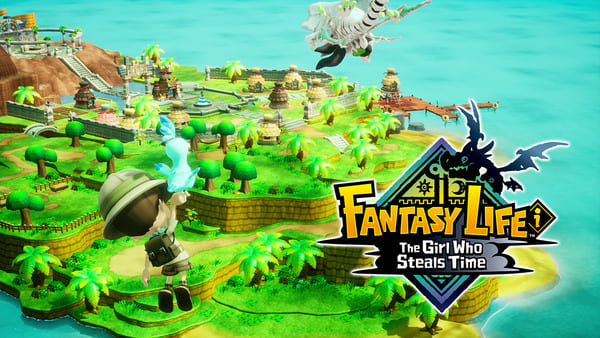Popular Now
Fantasy Life i: The Girl Who Steals Time offers a unique time-travel mechanic that lets players shape the future by altering the past. However, this ambitious system creates a cascade of gameplay issues that hinder immersion and progression.

The dual timeline concept is inconsistently applied—some past actions impact the present, while others do not. This inconsistency makes it unclear which changes truly matter. Quests often break or become confusing when items, NPCs, or areas are only available in one timeline. Players must backtrack frequently, not for fun exploration, but to untangle poorly structured objectives.
Resource gathering is unbalanced: high-level materials in the past require tools from the future, causing frustrating time loops. Meanwhile, town-building and housing systems do not reflect logical changes across time, wasting player effort. NPCs give contradictory dialogue, and crafting professions lose purpose due to time-locked materials and recipes.

Inventory management becomes overwhelming with timeline-specific items and no sorting features. Emotional payoff from the story is lost as characters often ignore or contradict the player's historical actions. The time-travel system also leads to economic exploits, letting players break progression by farming and selling resources between eras.
Ultimately, the game’s central mechanic—time travel—fails to support meaningful choice, consequence, or narrative weight. It becomes a gimmick, not a feature, damaging what could have been a standout RPG experience.














